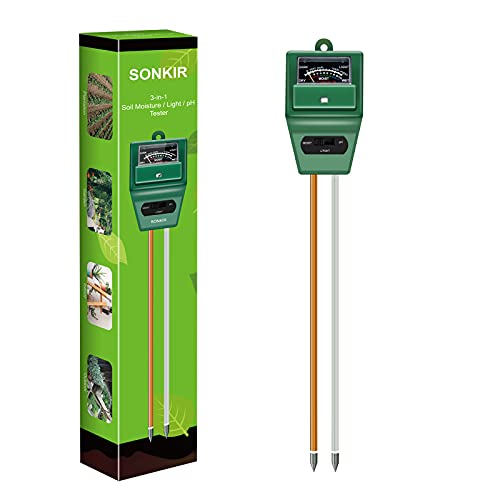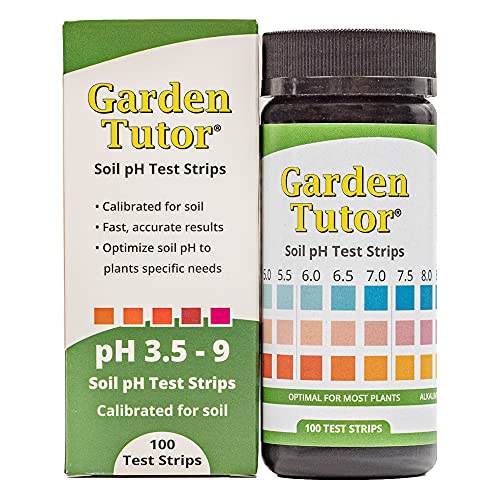How to make soil more acidic – 11 easy ways to amend your soil to keep acid-loving plants happy
Discover expert methods for adjusting the pH of your soil, plus all the kit you need to do it
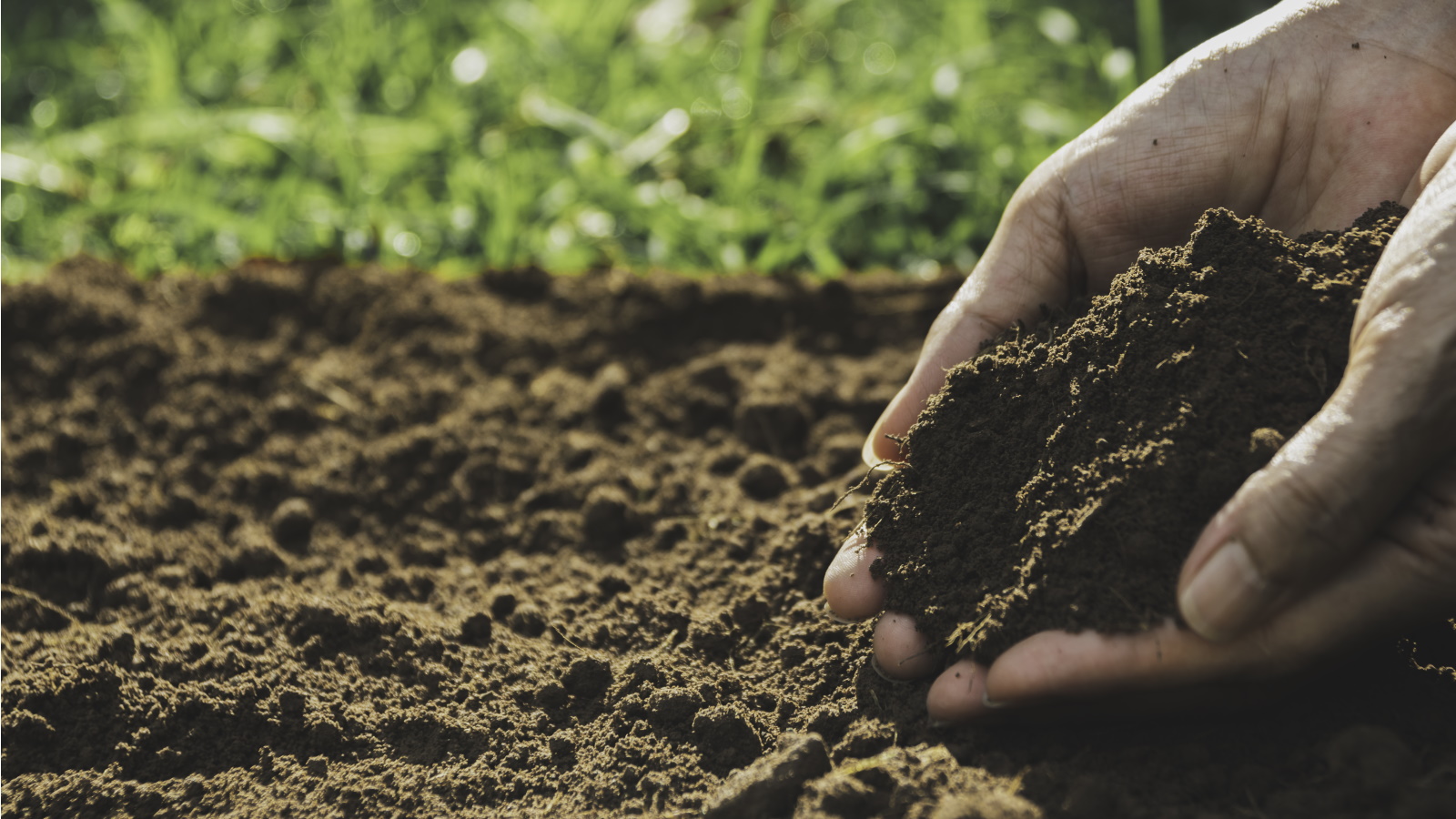
- How to make soil more acidic - a quick look
- 1. Use organic mulch on your soil
- 2. Add sulfur to your soil
- 3. Apply iron sulfate to your soil
- 4. Use sphagnum peat moss
- 5. Opt for ammonium-rich fertilizers
- 6. Use acidic ingredients in your compost
- 7. Make compost tea
- 8. Use aluminum sulfate
- 9. Experiment with vinegar or lemon when watering plants
- 10. Use coffee grounds in soil
- 11. Spread pine needs or oak leaves
- FAQs

Tenielle Jordison
You might be seeking to make your garden soil more acidic for a number of reasons. Whether your flower bed isn't growing well or you're looking to start growing new plants that require a lower pH, amending your soil to make it more acidic is easy to do.
All plants need nourishment to thrive, which is why understanding different soil types is vital to us gardeners. Plants get many nutrients from soil, so knowing the make-up of your soil (acidic, neutral or alkaline) is crucial to understanding which plants will grow best in your yard. If plants fail to thrive, they wilt or their leaves turn yellow, it might be a sign that they need a soil amendment. For acidic-loving plants, this means providing supplements to amend the pH of the soil and make it more acidic.
It might sound technical but cracking soil health is pretty straightforward once you know the basics. Luckily, there are several ways to make soil more acidic and we've compiled an expert guide to help you get started.
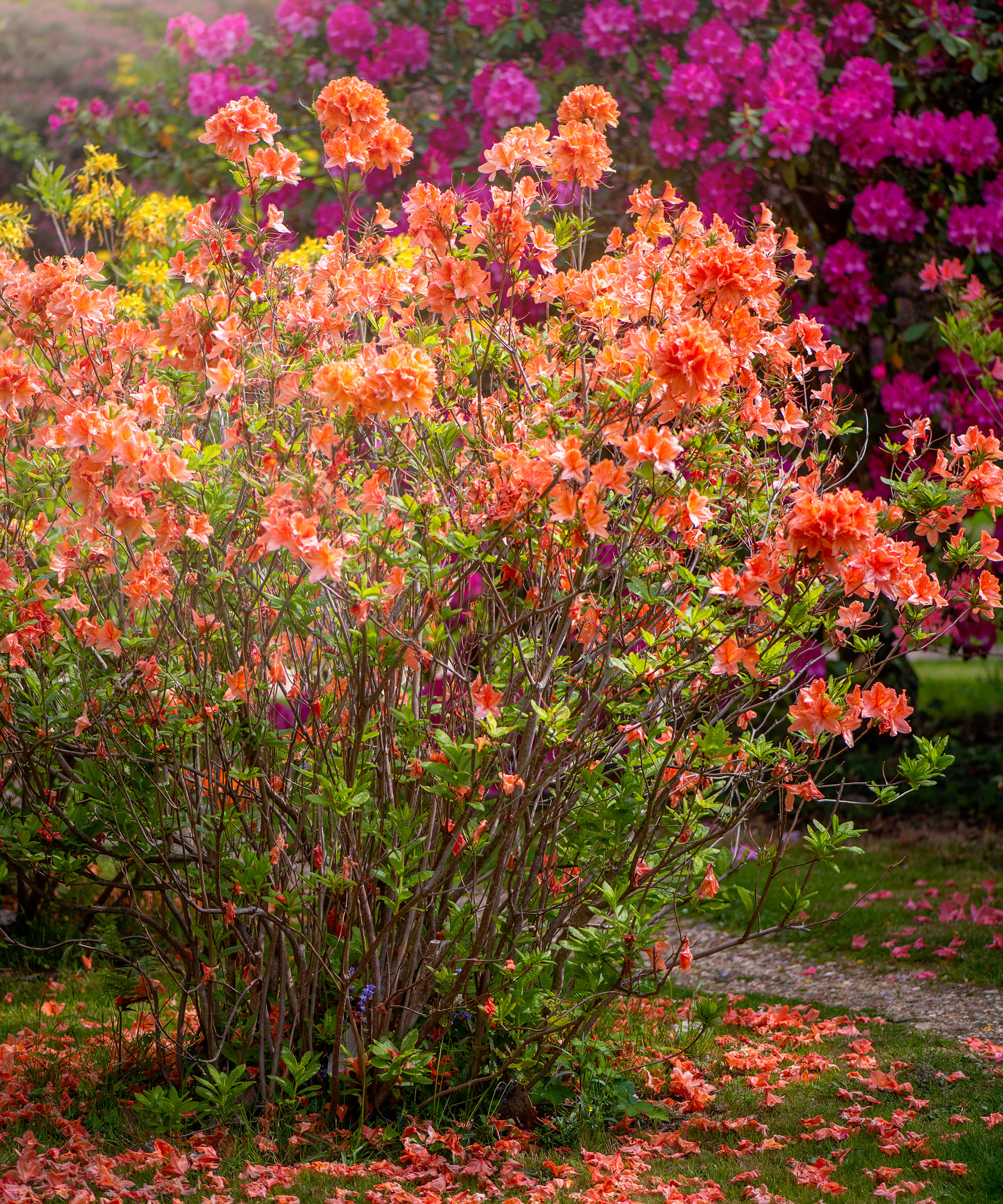
Azaleas and rhododendrons both love acidic soil
How to understand if you need to make your soil more acidic
Analyzing soil types is much easier than it sounds. Finding out how to test the pH of soil enables you to determine whether it's acid or alkaline, and can be done with a simple soil test kit, such as this one available from Amazon. Soil pH varies from around 3.5 (very acidic) to 8.5 (alkaline). A reading of 7.0 is neutral. A reading of less than 7.0 is considered acidic.
If you discover you have a more neutral or slightly acidic result when you do the test it's good news, as amending the soil to make it more acidic is much easier than if you have a very alkaline soil.
You could also consider growing acid-loving plants in pots, containers or raised garden beds as an easier solution. Amending a small area like this is far easier than altering the pH in a bigger space. Alternatively, you could consider creating a separate area of acidic soil within your garden to accommodate acid-loving plants.
Unsure about your soil's pH level? Shop soil testing kits
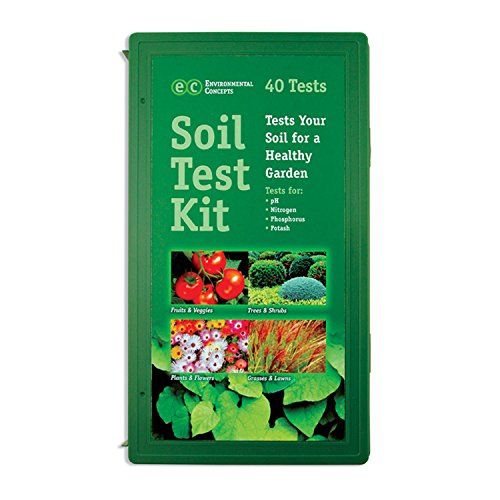
This easy-to-use kit contains everything you need to conduct up to 40 tests, plus it offers advice on the pH preference for hundreds of plants.
How to make soil more acidic - a quick look
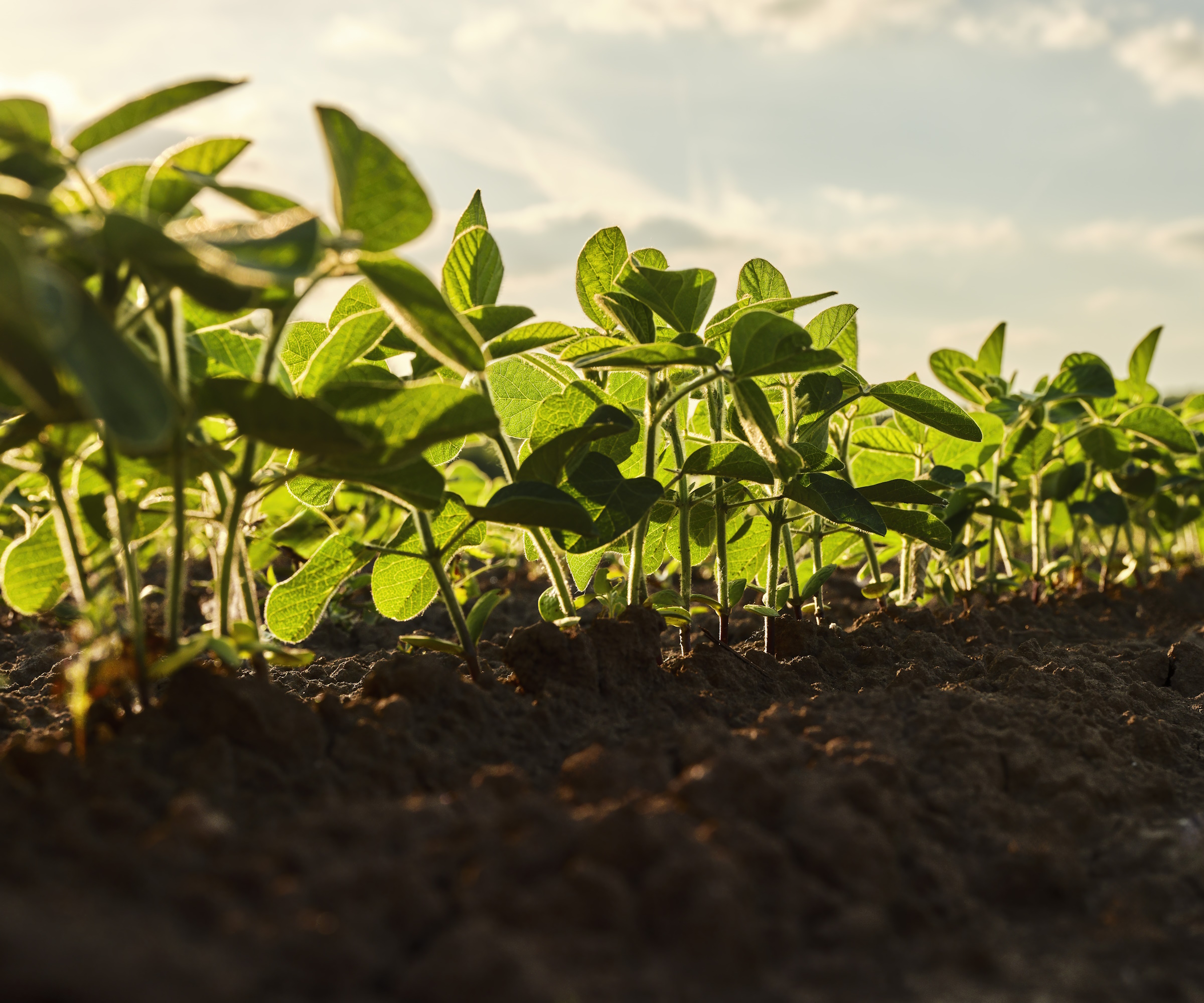
There are two ways to make your soil more acidic: add amendments or use organic methods.
Amendments include:
- Sulfur
- Aluminum sulfate
- Iron sulfate
- Sphagnum peat moss
- Ammonium-rich fertilizer
- Vinegar or lemon when watering plants
Organic methods include:
- Mulching
- Spreading pine needles or oak leaves
- Making compost tea
- Adding acidic ingredients in your compost
- Using coffee grounds on soil
Let's look at each of these expert methods individually, to understand how to adjust your soil's pH and make your soil more acidic, and which one will work best for you.
1. Use organic mulch on your soil

You can turn your pink hydrangea blue by making the soil more acidic
Although most types of mulch and compost make the soil less acidic, there are a couple of options you can try that will actually increase soil acidity. Mulching to make soil more acidic is part of a longer-term plan though, so don't expect to see instant results.
Try adding organic mulches of pine needles or oak leaves around acid-loving plants to make sure that the soil remains at the right pH level over time. As these break down, they should slowly acidify the soil. You can find organic pine straw mulch at Walmart. And the pine bark mulch available from Amazon is also highly recommended.
If you have conifers in your yard, these can also help to make the soil more acidic once their foliage rots down. So if you have hedge plants that have been dropping leaves on the soil, it is likely they will have lowered the pH by some degree over time.
Besides helping to make your soil more acidic, using organic mulch on your plants will also regulate temperature and retain moisture, among other benefits.
2. Add sulfur to your soil
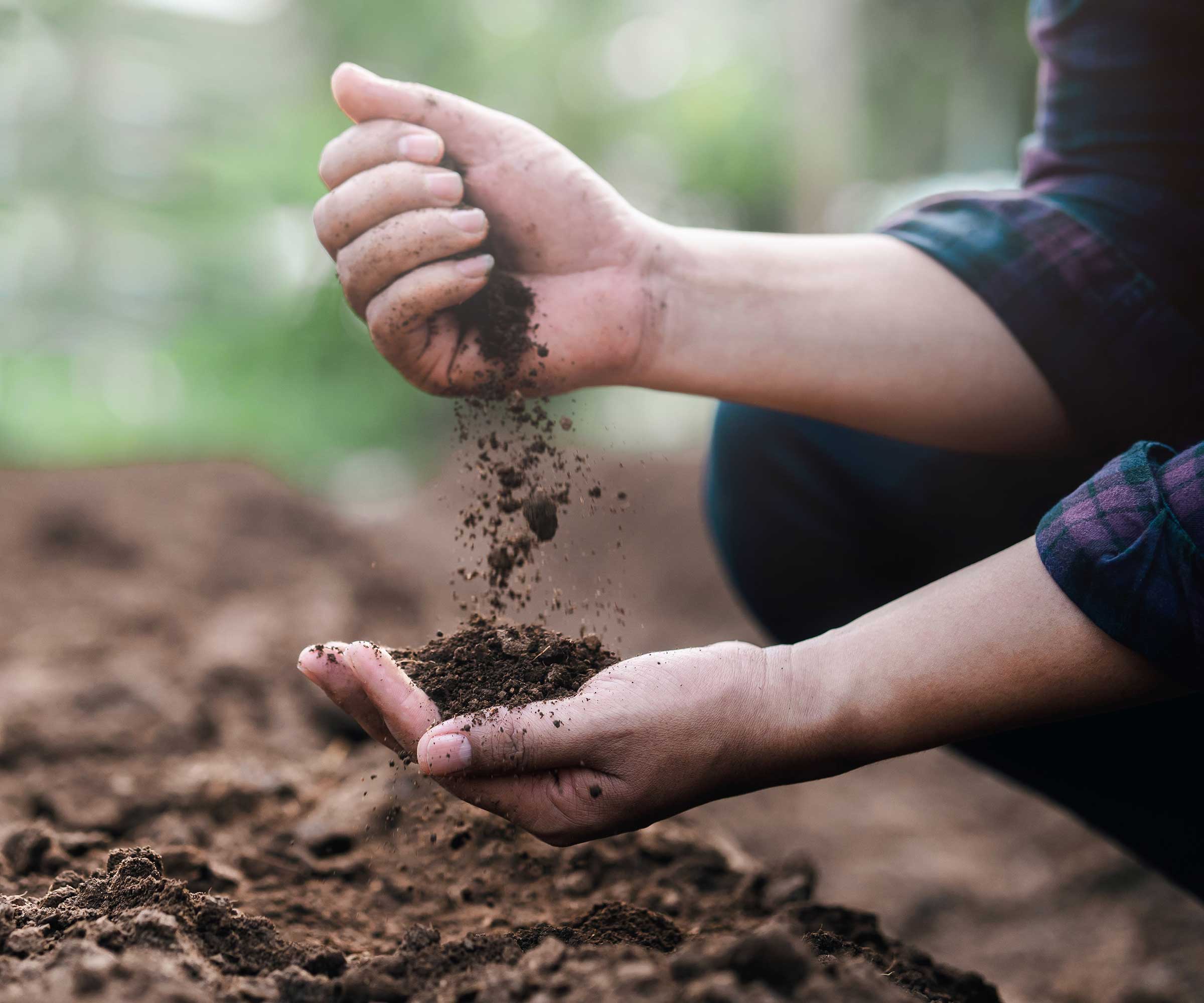
This is the go-to method when it comes to making soil more acidic, especially as it's usually the fastest way to get results. It's a good option as it lasts for years in the soil, where organisms convert it into sulfuric acid and acidify the soil.
'Sulfur can be found as elemental sulfur, a yellow powder that can be applied directly to the soil,' says plant expert Diana Cox of thegardeningtalk.com. 'Following the recommended application rate for sulfur is essential, as too much can harm plants. Another way to use sulfur is by incorporating organic matter high in sulfur, such as peat moss or pine straw, into the soil.'
Sulfur, available at Amazon, won't instantly lower the soil pH and it could take around a year to see results. Ideally it should be added to your soil before you get planting, around the summer or fall before the following spring planting season. It works best if you dig it deep into the soil, but doesn't work if you try to dig it in around existing plants.
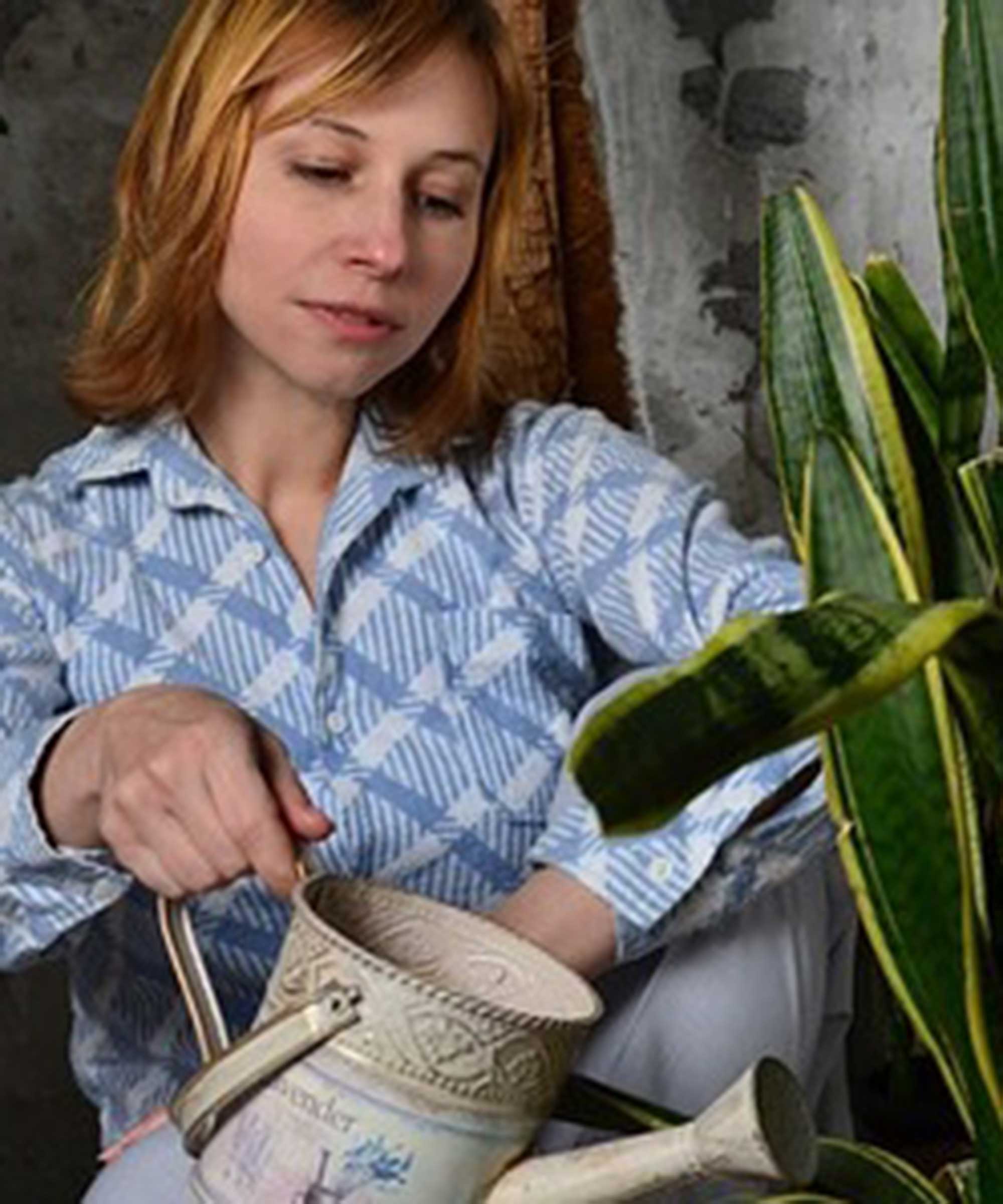
Diana Cox is the proud founder of TheGardeningTalk.com and has over a decade of gardening experience. Through her blog, she aims to inspire and motivate fellow gardeners by sharing practical techniques that are grounded in both personal experience and thorough research.
3. Apply iron sulfate to your soil
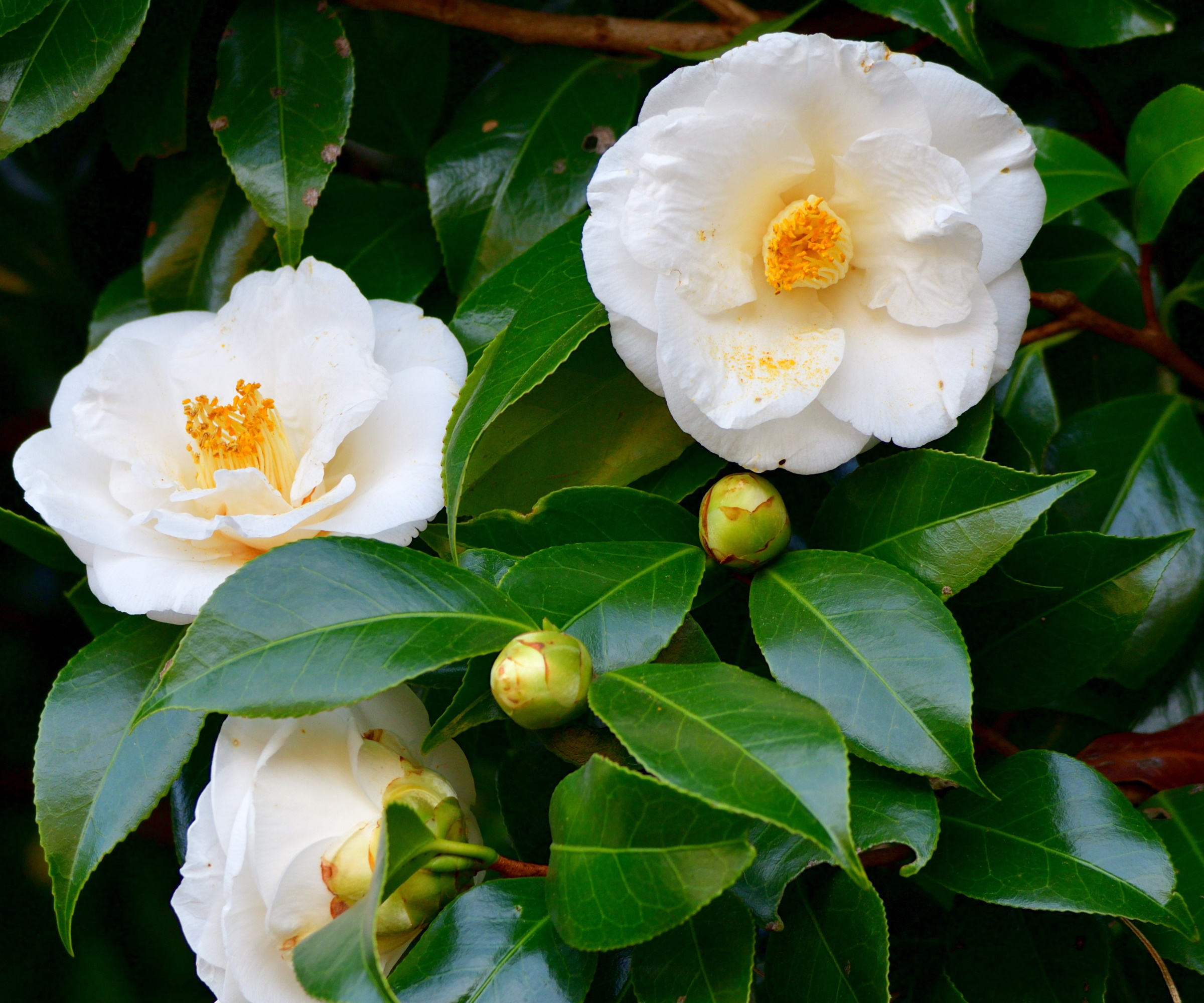
Camellias appreciate a boost of ferrous sulfate
Much like aluminum sulfate, iron sulfate, otherwise known as ferrous sulfate (such as this one from Amazon), has a similar acidifying capacity and is used as a soil amendment for lowering the pH of a high alkaline soil, so plants can more readily access the soil's nutrients. It typically fixes yellowing plant leaves caused by iron deficiency.
If your camellias, rhododendrons or azaleas are looking a little yellow and tired, an application of iron sulfate should perk them up. Most garden centers stock ferrous sulfate, but as you need eight times as much compared to sulfur, it can work out more expensive.
4. Use sphagnum peat moss

Although this shouldn't be relied on as a sole method of making your soil more acidic, sphagnum peat moss does have acidic qualities that will help to slightly acidify soil.
This makes sphagnum peat moss one of the best potting mixes for container gardening if you are trying to grow plants that particularly love acidic soil. It will be easier to turn potted soil acidic because of its smaller, contained capacity, and using sphagnum peat moss in this context can be effective.
If you are trying to use sphagnum peat moss - the Miracle-Gro moss from Walmart can be used in containers or in the ground - to make your soil more acidic, it's best to use large quantities. It's also wise to pair sphagnum peat moss with organic mulch for an effective acidic soil amendment.
5. Opt for ammonium-rich fertilizers
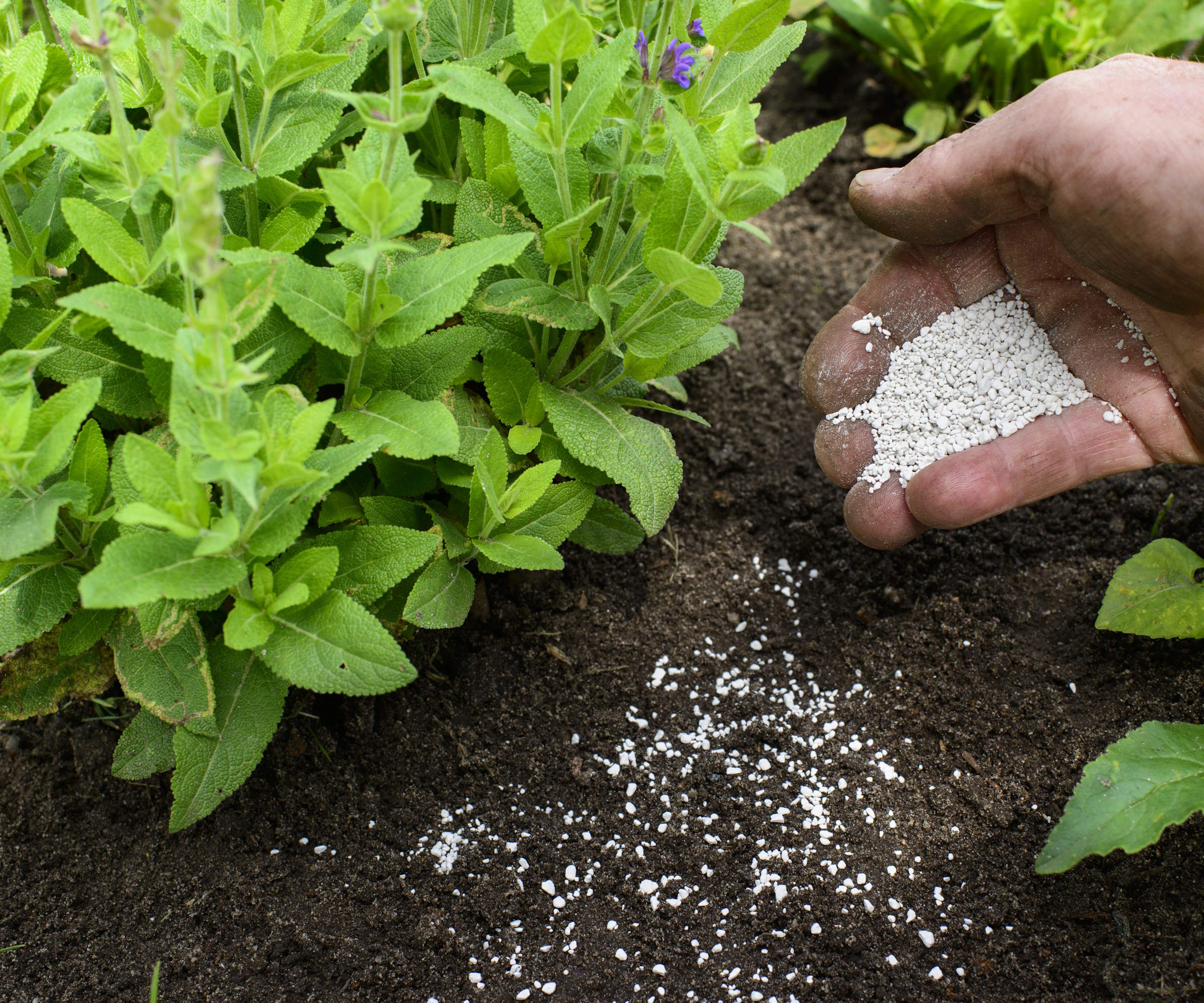
Another easy way to increase the acidity of your soil is by using the right fertilizers. One of the biggest fertilizing mistakes is not choosing a product with the best NPK plant fertilizer numbers for your plant's needs.
Ammonium-based fertilizers, like this ammonium sulfate fertilizer from Amazon, will quickly turn soil acidic - in fact, it's one of the most effective ways to make soil more acidic.
Thanks to the microorganisms in the soil which convert the ammonium to nitrate, using these types of fertilizers produces acidity in the soil.
You should, however, only apply fertilizer when your plants are actively growing. Failing to do so could cause oversaturation and lead to root rot or burn.
6. Use acidic ingredients in your compost
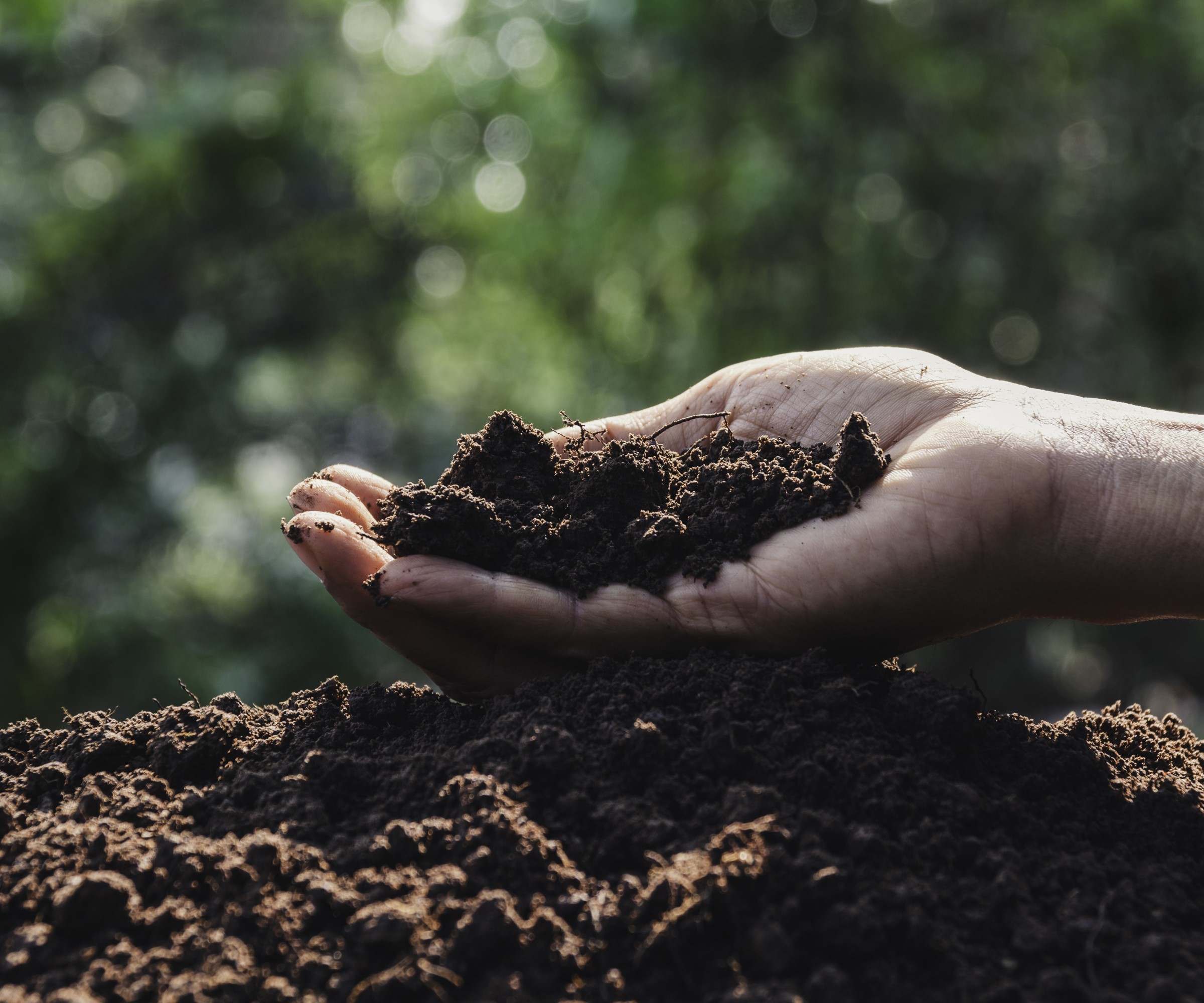
Well-decomposed compost helps lower the pH of garden soil over time, too. Be sure to include acidic organic matter such as oak leaves, pine needles or coffee grounds to the mix, as well as some other unusual compost ingredients that have acidic properties.
You can also speed up composting to make your soil acidic more quickly. This includes opting for the hot composting method, using heat and moisture to break down compost materials more quickly.
If you're new to composting, try using this organic compost starter from Amazon to get your compost going.
7. Make compost tea
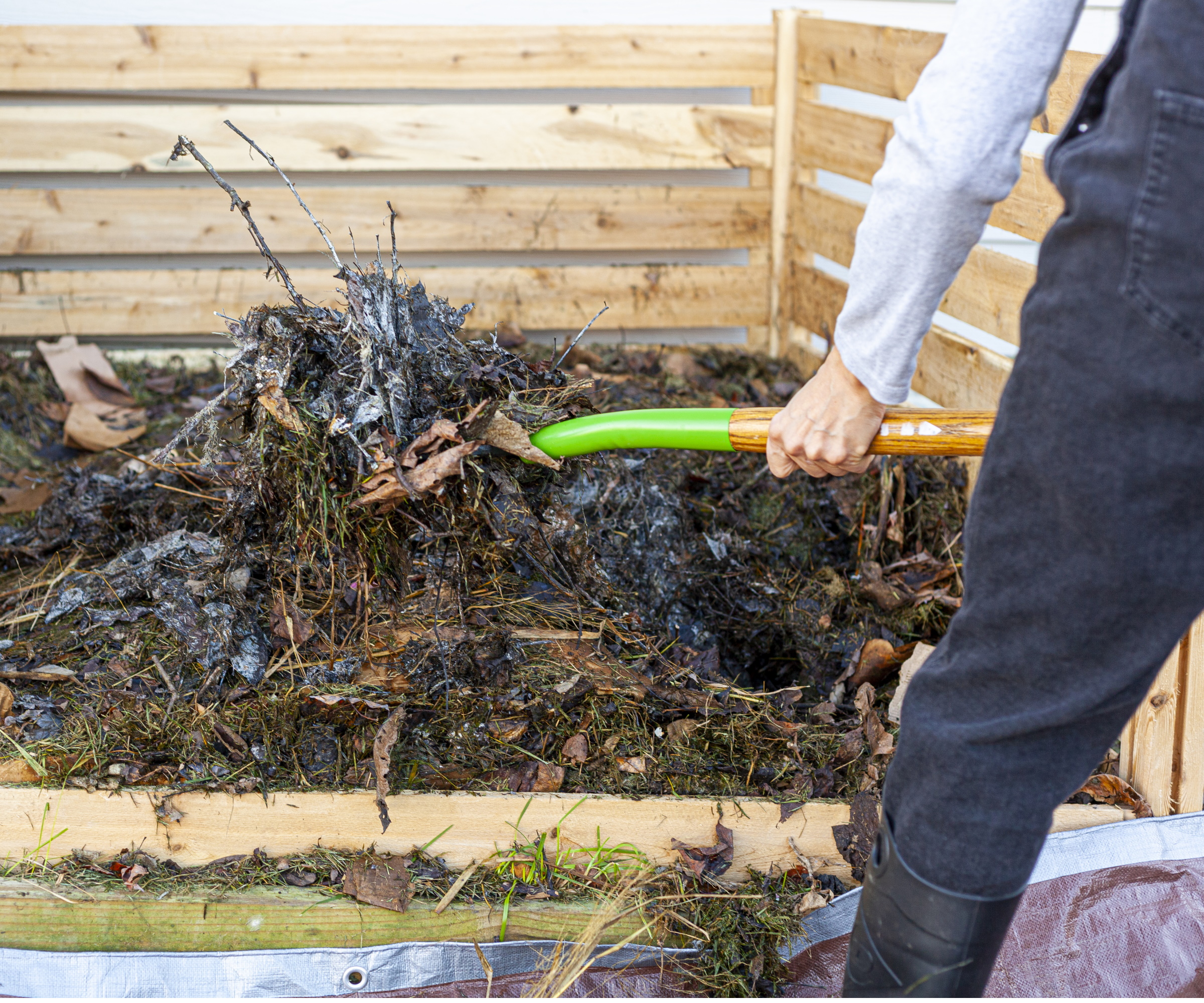
You can take your composting further by making compost tea - not to be mistaken with composting tea bags. This provides you with two sources to make soil more acidic.
It simple involves adding well-rotted, acidic compost to a container of water and stirring it. You should then strain it to separate the liquid and solid using this compost sifter from Amazon.
Using the solid material for mulching and the water to water your plants and soil.
8. Use aluminum sulfate
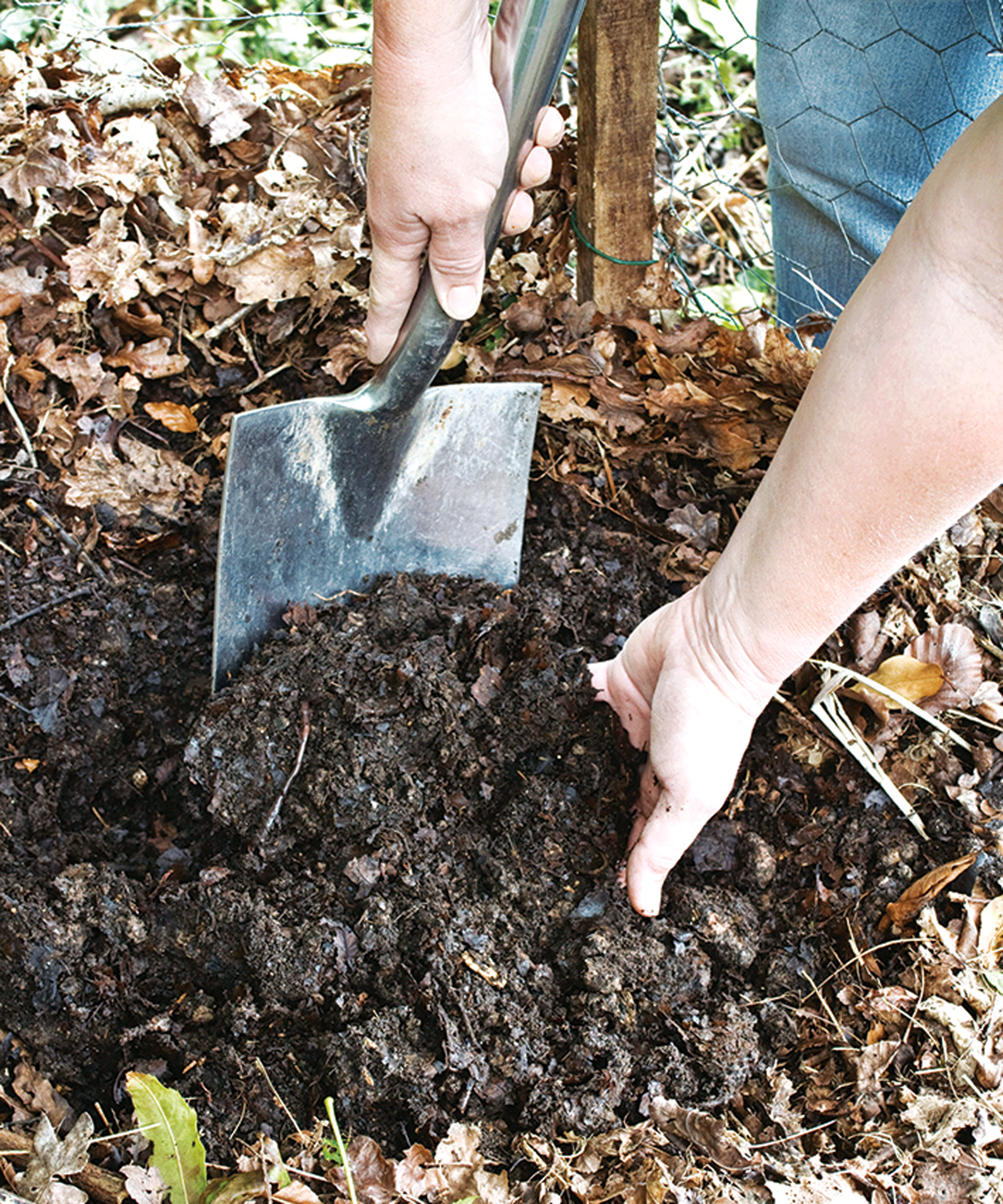
Mulch helps but only if it's made of the right materials
When the results of your pH test show your soil to be more alkaline than your plants like, another option to lower the pH is aluminum sulfate. It's also what you need to use if you want to acidify soil to change hydrangea color. It's widely available at any garden center or you can buy aluminium sulphate at Amazon.
Mix ¼ oz aluminum sulfate with a gallon of water and soak the soil surrounding your hydrangeas in spring, as soon as the plant begins to grow. Maintain the acidity during the growing season, so reapply in four weeks time, then again in eight weeks.
9. Experiment with vinegar or lemon when watering plants
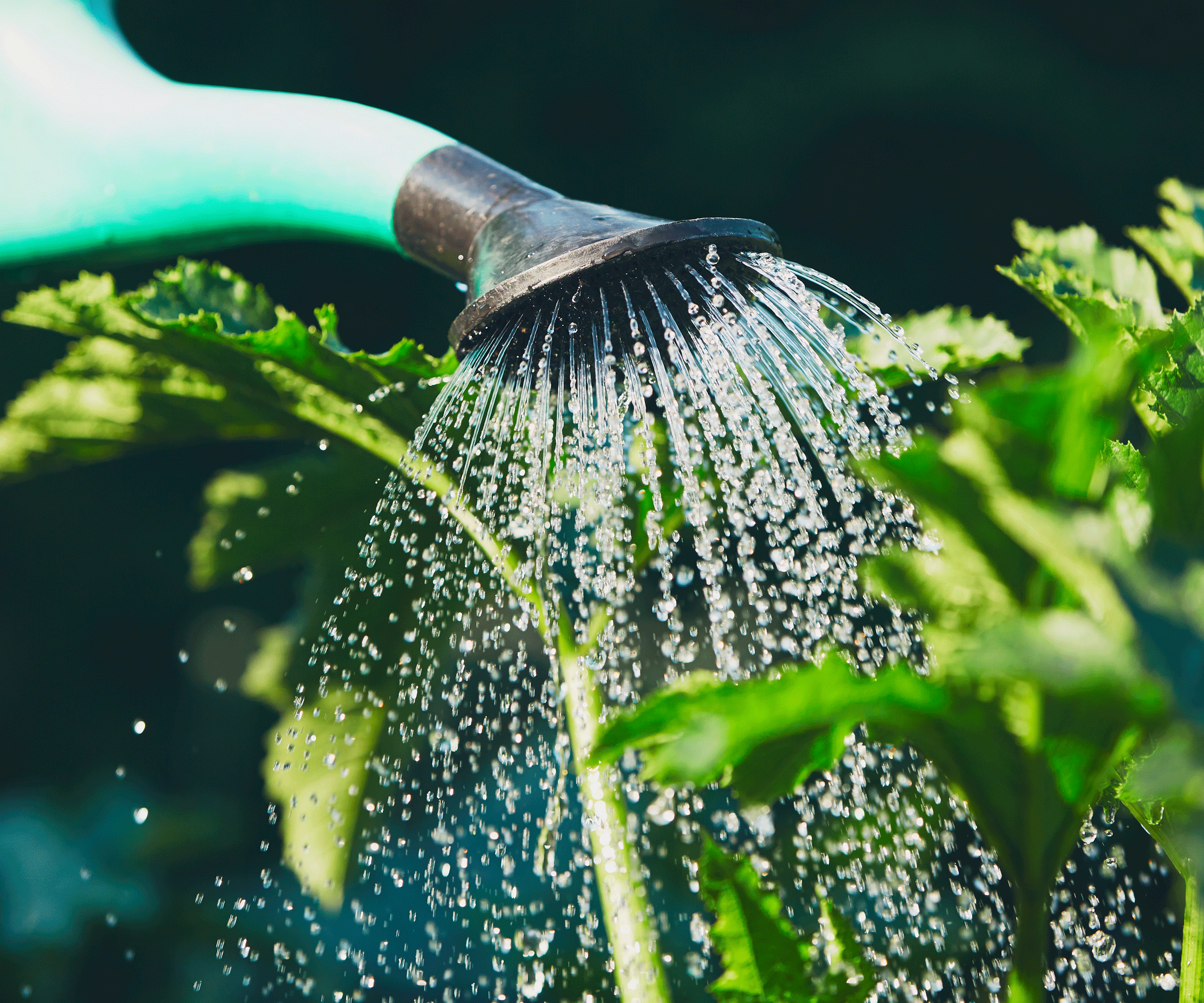
A diluted mix of vinegar or lemon in your watering can helps boost soil acidity levels
If you like the idea of natural solutions, this easy fix can be used to gently acidify soil around plants. Try watering acid-loving plants in pots, containers or raised garden beds with an acidifying liquid feed. It's particularly good for rhododendrons and azaleas.
Vinegar is a liquid form of acetic acid, so adding it to soil naturally lowers the pH and increases its acidity. The pH of grocery store white vinegar is 2.4, meaning it's highly acidic. You can even get white vinegar from Amazon. Use it in moderation, watering your plants with a mix of 1 cup of vinegar diluted in 1 gallon of water.
Adding diluted lemon juice once a month to the soil also makes it more acidic. It can also help keep neutral soils more friendly for acid-loving plants, including rhododendrons. Add two tablespoons of lemon juice to one gallon of water and pour directly onto the soil. Be careful as splashing the plant's leaves can burn them.
Talking of watering plants, it is also better to use rainwater rather than tap water, which tends to be alkaline and can actually raise the pH level of soil over time. 'Use a rain barrel or other collection method to retain as much rainwater as possible to use on your plants,' says Drew Swainston, gardens content editor for Homes & Gardens.
'Acid-loving plants can be watered with tap water, but ensure it is only for a short period of time as possible. Extended use can lead to their leaves starting to turn yellow. The addition of lemon or vinegar to tap water can help to lower the pH of the water.'

Drew qualified as a journalist before studying for a horticulture qualification, after which he worked as a professional gardener for several years, specializing in kitchen gardening. He's now bringing his expertise and passion to Homes & Gardens as a member of our team.
10. Use coffee grounds in soil
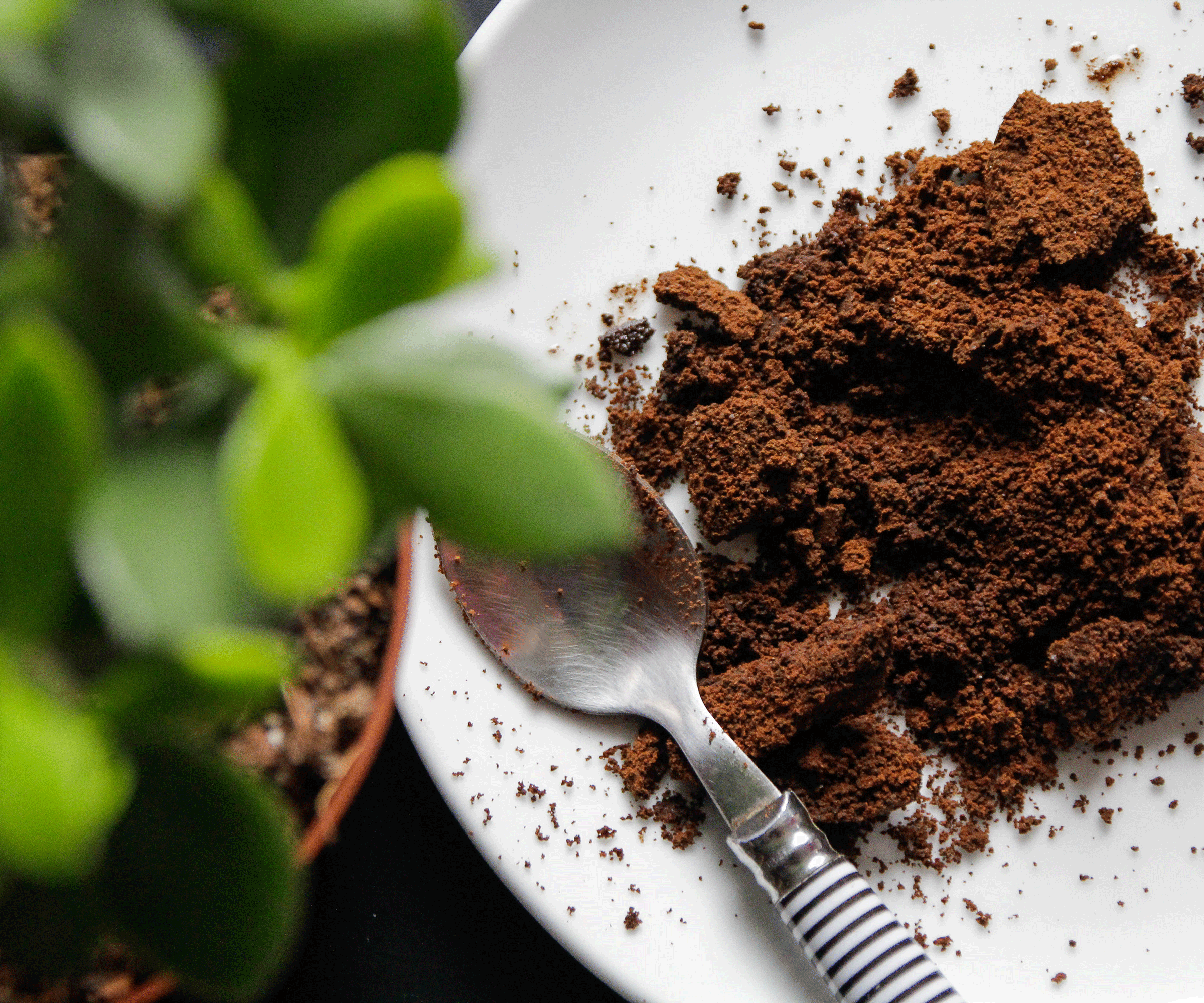
The key to using coffee grounds to make soil more acidic is mixing them in rather than sprinkling them on top
Using coffee grounds on plants can be a good option for acid-loving varieties. Coffee grounds are highly acidic, so they will lower the pH of your soil. They are also rich in nutrients, especially nitrogen, as well as traces of potassium and phosphorus. So adding coffee grounds to your garden as a general fertilizer also works well.
'Coffee grounds have a pH of around 6.5, which makes them an excellent soil amendment for plants that prefer slightly acidic soil,' says horticulturalist Brody Hall of The Indoor Nursery.
'To use coffee grounds to acidify potting soil, it is best to compost or mix it through the soil and let it sit for a week or two. Applying coffee grounds directly to the soil or sprinkling them around the base of plants may attract molds and other pathogens that can affect plant health.'

From managing a vineyard to studying horticulture, all the way to obtaining a degree in Environmental Science - Brody loves nothing more than taking his years of knowledge and understanding of ecological science and applying it to the world of gardening.
11. Spread pine needs or oak leaves
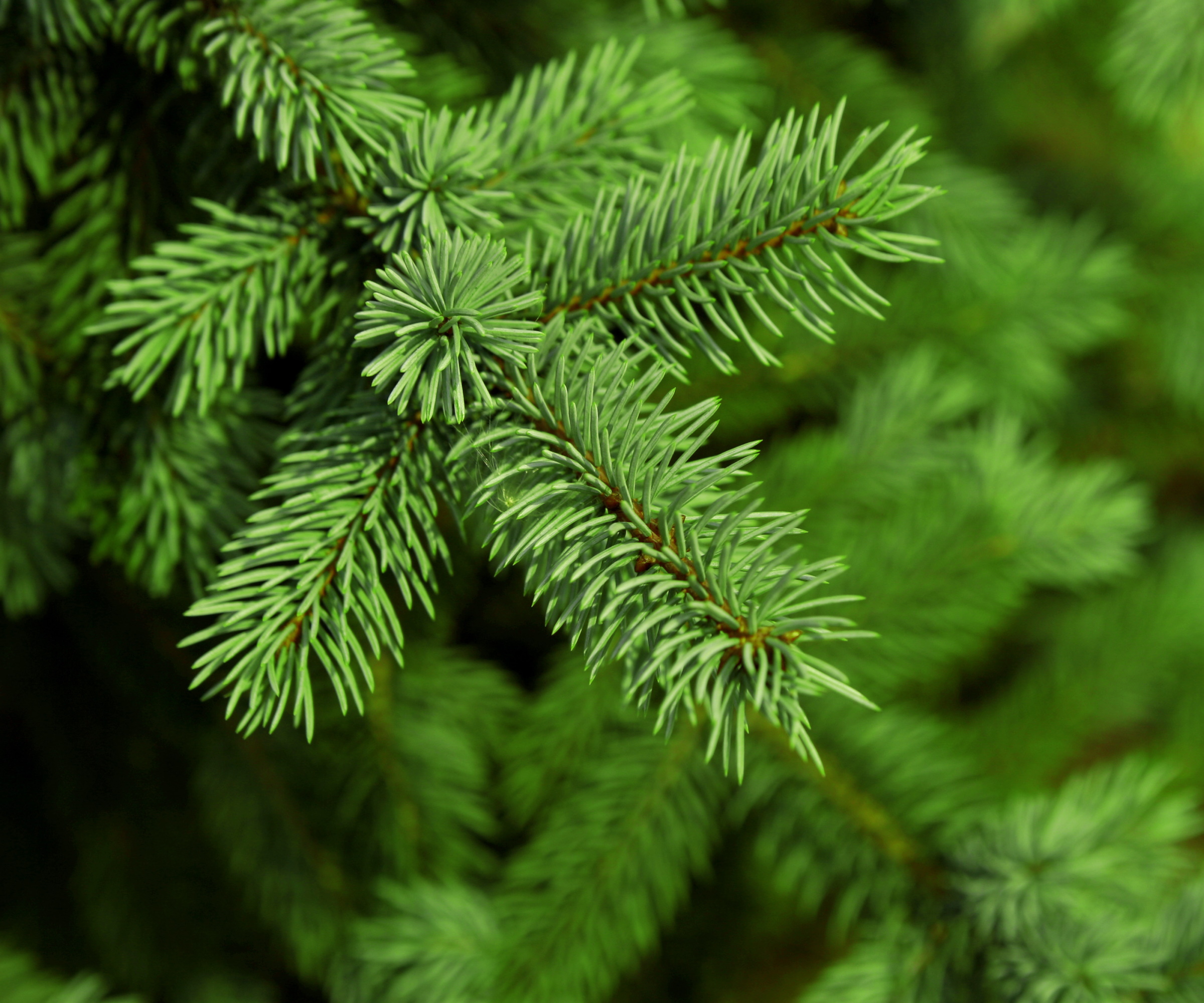
Another organic method to make soil more acidic is adding plant material that has a high acidic content - pine needles and oak leaves, for example.
No matter which of the best pine trees you grow, when you go prune them or collect their fallen needles, you should spread them across your soil. Likewise, do this with oak tree leaves.
As they decompose, they will feed nutrients to your soil. Something to note, however, is to not rely on this method alone.
This is because the acidity of pine needles and oak leaves is neutralized over time as microbes break them down, meaning they will have minimal impact in making soil more acidic on their own.
FAQs
Which types of plants need acidic soil?
Some of the most popular flowering plants, such as rhododendrons, azaleas, camellias, magnolias and hydrangeas, love acid soil so it's worth finding out how to make soil more acidic if you love these varieties. They will suffer if soil is too alkaline, so look out for any warning signs that plants are ailing - such as yellowing leaves.
If you have previously had little success growing these plants in the ground, you could try planting them in outdoor planters instead filled with ericaceous compost, available at Amazon.
Heathers like acidic soil, as do the shrubs gaultheria, pyracantha and pieris. Alliums and lilies tick the acid-loving box when it comes to summer flowers.
Which vegetables need acidic soil?
Most vegetables do well in soil with a pH or acidity level that falls into the neutral range of 6.5 to 7. Some vegetables, however, grow better in soil that falls slightly below that range and that is considered mildly acidic or 'sour'.
Vegetable plants that do best in mildly acidic soil include carrots, cauliflower, celery, cucumbers, garlic, sweet peppers, pumpkins, winter squash and tomatoes.
Vegetables that prefer acid soil such as potatoes need a pH range of 5.5 to 6.5, which is slightly below the neutral range of 6.5 to 7.0.
By making your soil more acidic, fruit bushes such as blackcurrants, blueberries and cranberries will thrive too and deliver great tasting crops.
Soil health really is fundamental to gardening success, and will pay dividends in your garden or yard. You should also familiarize yourself with essential plant nutrients for growing success. If you need to learn how to boost your soil nutrients, you might find our expert guide useful.
Sign up to the Homes & Gardens newsletter
Design expertise in your inbox – from inspiring decorating ideas and beautiful celebrity homes to practical gardening advice and shopping round-ups.
Lifestyle journalist Sarah Wilson writes about flowers, plants, garden design and gardening trends for Homes & Gardens. She has studied introductory garden and landscape design and floristry, and also has an RHS Level 2 qualification in the Principles of Plant Growth and Development. She is a regular contributor to Homes & Gardens and Livingetc. She has also written for Real Homes, Modern Gardens and Country Homes & Interiors magazines.
- Tenielle JordisonNews Writer (Gardens)
-
 Martha Stewart's houses – inside her most iconic properties, from Cantitoe Corners to Turkey Hill
Martha Stewart's houses – inside her most iconic properties, from Cantitoe Corners to Turkey HillThe lifestyle guru built her legacy around her homes, some of which are the most recognized homes in modern American history – we explore her portfolio
By Megan Slack Published
-
 These 5 plants can help you get the best, and potentially tastiest, broccoli ever – discover what to plant with broccoli, and what to avoid
These 5 plants can help you get the best, and potentially tastiest, broccoli ever – discover what to plant with broccoli, and what to avoidOur selection of vegetables, herbs, and flowers is perfect for companion planting with broccoli
By Drew Swainston Published
